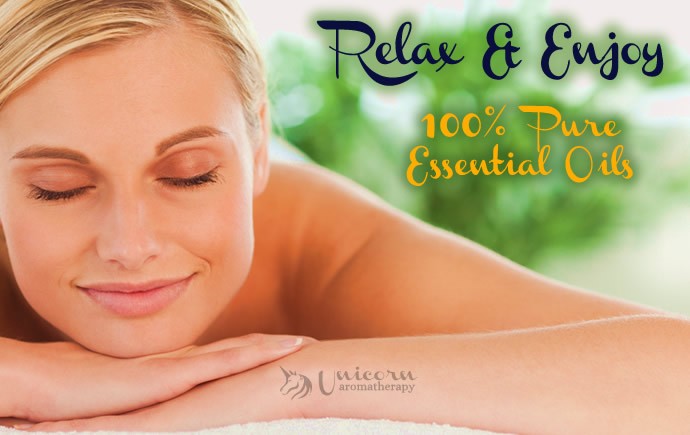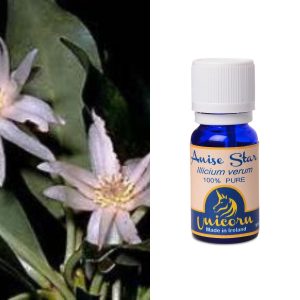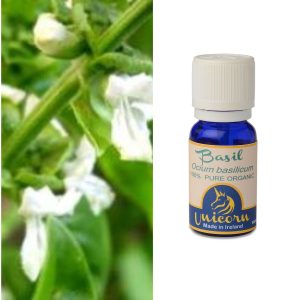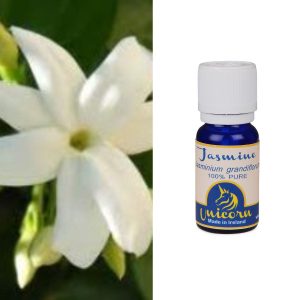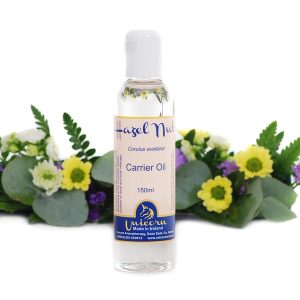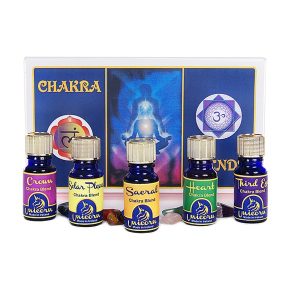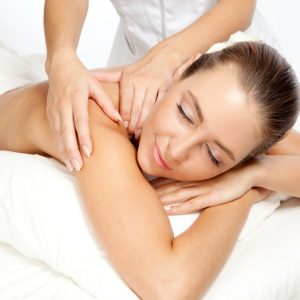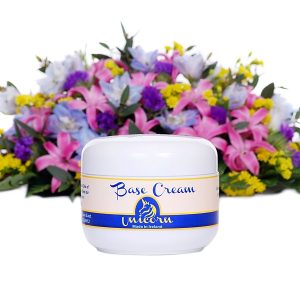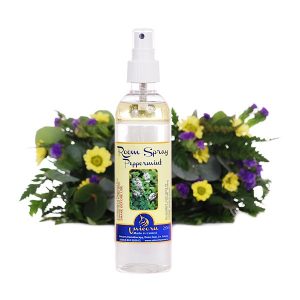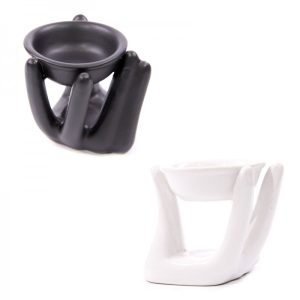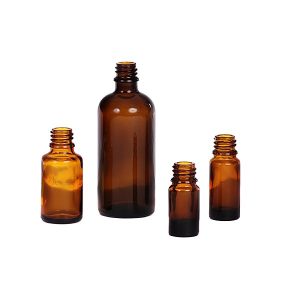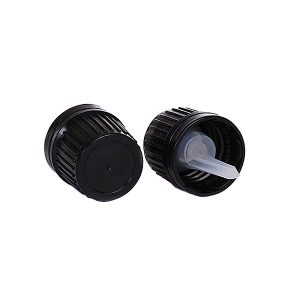Shop
Closed for Stocktake, Closed from 15/04/2024.
Back open again for orders on the 06/05/2024.
Back open again for orders on the 06/05/2024.
-
Essential Oils Therapeutic quality68 Products
-
Certified Organic Essential Oils20 Products
-
Absolutes2 Products
-
Carrier Oils17 Products
-
Diluted Oils3 Products
-
Hydrosols (Floral Waters)5 Products
-
Blends50 Products
-
Massage Blends8 Products
-
Beauty Products17 Products
-
Cosmetic Bases3 Products
-
Room Sprays5 Products
-
Aromatherapy Packs2 Products
-
Burners1 Product
-
Bottles and Jars3 Products
-
Caps and Droppers7 Products

